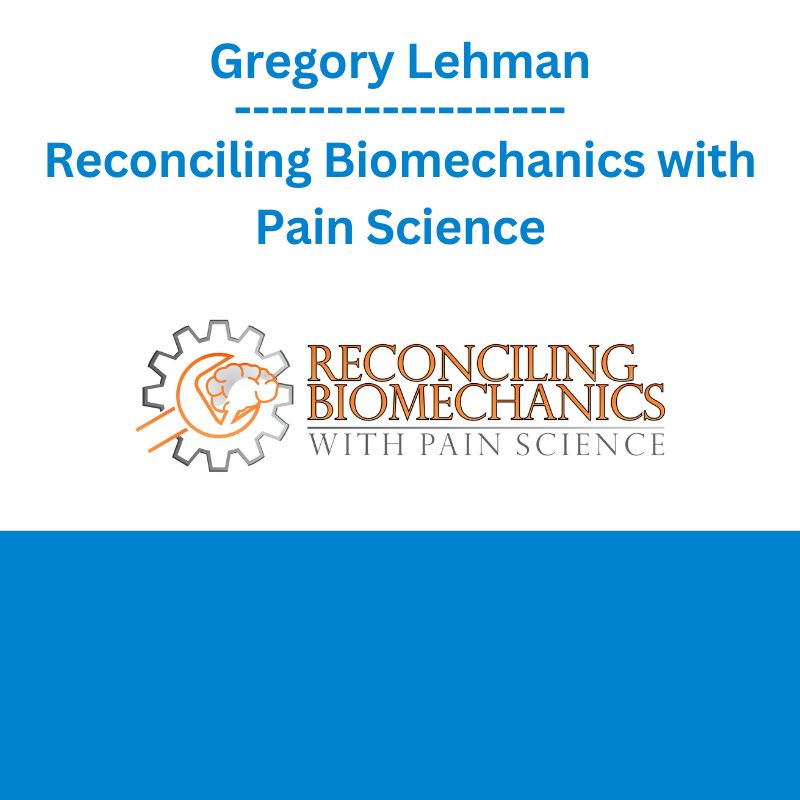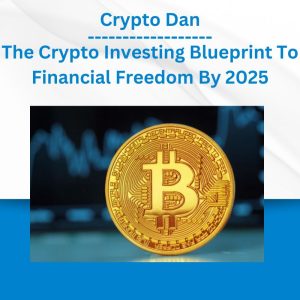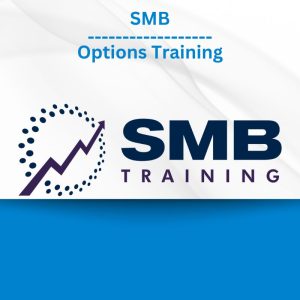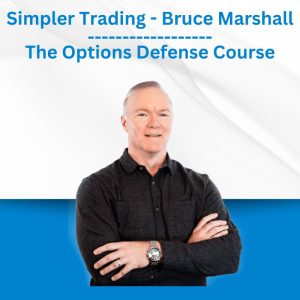*** Proof of Product ***
Exploring the Essential Features of “Gregory Lehman – Reconciling Biomechanics with Pain Science”
A comprehensive approach to using a traditional biomechanically based practice within a biopsychosocial approach.
This course has been taught more than 80 times on 5 continents. It is constantly being updated and we consider it a great course for new grads and seasoned veterans. New grads report that it helps give some direction to their new learning and old pros often find it reinforces much of what they know but gives some additional practical insights into improving what they do. We recognize that some of the material is contestable but many of those who have taken the course with different biases still find there are practical and useful parts. We are allowed to disagree and when we do it often makes everyone in the course that much smarter.
Brief Overview
This is practical course designed to help therapists simplify the mechanical aspects of their treatment and build new communication and clinical reasoning skills. It teaches an alternative to the kinesiopathological model of pain and injury but still tries to answer when biomechanics matters. Therapeutic neuroscience is taught but not with a heavy neuroscience slant. Rather, practical approaches to teaching patients about pain that builds resiliency, optimism and encourages self-control of symptoms are the focus. We focus on cognitive restructuring to address many of the common unhelpful beliefs regarding pain and injury and use our Pain Key Messages to change behaviour. Much of the information is based on the Recovery Strategies Pain Workbook. Exercise prescription and symptom modification is taught with an emphasis on clinical reasoning and less about specific exercise (as those aren’t always necessary).
Course Background
The biopsychosocial model of pain and injury has been argued as superior to the traditional biomedical approach for more than two decades. However, traditional therapy typically relies on explanations and a clinical reasoning model that is predominantly biomechanics based. Significant research in the pain neurosciences and biomechanics field often appears to undermine the reasoning and justifications for many of the therapeutic approaches and techniques of the physical therapy profession. By addressing the both the weaknesses and strengths of the biomechanical approach we can see that treatment can be much simpler, congruent with the cognitive, neuroscience approach and best evidenced based practice.
Special topics include therapeutic neuroscience education, assessment and exercise prescription, symptom modification techniques, tendinopathy as a model for persistent pain research and a reconceptualization of manual and exercise therapy that is symptom modification based rather than biomechanically driven.
Course Themes – Simplifying the Physical/Bio Approach

What can the student expect to come away with from this course?
Simplified assessment techniques for partitioning the role of biomechanics and therapeutic neuroscience in the treatment of pain and injury
Interviewing and help with explaining the multifactorial nature of pain for specific cases
Exercise prescription informed by biomechanics and therapeutic neuroscience
Simplified manual therapy techniques that are consistent with therapeutic neuroscience and the biomechanics of manual therapy
Immediate means of applying therapeutic neuroscience to a traditional biomedically based practice
Confidence in the leaving behind the traditional and outdated biomechanical model of care while learning how to integrate previously learned skills
Access to patient centred handouts/workbooks (electronic) that reinforce the teachings and approach of the therapist to their patient
Course Content
The course attempts to address a series of a clinical questions that both patients and practitioners pose. By addressing clinical questions in an interactive lecture format the student will learn practical means of addressing these questions with their patients as well as the thought process and literature used to arrive at a defensible answer. This is primarily done through rapid case scenarios and examples. Hands on and practical components are mixed with interactive discussion based lectures.
Clinical Questions and Topics
Course Overview: An alternative to the kinesiopathological model of pain and movement dysfunction
- A critique outlining the limitations of the traditional biomechanical model of therapy.
- Topics included:
Discussions on the kinesiopathological model of dysfunction. Reconciling current beliefs with the evidence
Why comprehensive capacity, load tolerance and movement preparation trump movement ideals/quality
How graded exposure and exploiting human adaptability is a better model for rehabilitation
The importance of clinical explanations in pain resolution: how the traditional biomechanical model can be adapted to help our patients
Salvaging best practice
- The antidote is the anecdote: how to teach pain neuroscience to patients
- How to explain common clinical diagnoses and aches and pains to your patients consistent with best practice and therapeutic neuroscience.
- Explain the mechanisms of pain helps support and rationalize that therapeutic solution that we offer.
- Symptom Modification Techniques: how symptom and sensitivity modification is informed by current techniques. We distill the common elements from different techniques to present a simplified and effective treatment approach
- Just load it! The importance graded exposure in all pain and injury conditions
- When Biomechanics Matters: biomechanics is still important but should fit within the biopsychosocial framework.
- Comprehensive Capacity: why traditional “corrective exercise” and kinematic ideals fall short in pain resolution and injury management. An simpler alternative is supplied based on the person’s ability to adapt.
- The Tendon Loading Model of Rehabilitation and its application to common clinical disorders an evidence based approach to understanding pain and rehabilitating common conditions
- Graded Exposure and resuming life roles: how movement dosage, movement behaviour modifications, explaining pain, resuming life roles is the key to building robust, confident patients
- Reconceptualizing Manual Therapy: Using touch, guided movements, novelty, contractions and 3D movement exploration to fine tune existing manual therapy techniques. This section will also simplify manual therapy based on the current research.
Case Study Applications
A series of case studies will be used throughout the course to illustrate all concepts
Please see the full list of alternative group-buy courses available here: https://lunacourse.com/shop/









